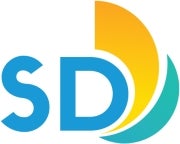
Digital Customer Experience (DCX) Strategy
Digital services are about people. People in San Diego should be able to easily get information, access resources, and request services from the City. Our employees also deserve easy-to-use technology and optimized processes to effectively serve customers. This draft strategy identifies gaps in how the City of San Diego currently serves people, suggests tangible ways to improve, and provides long-term recommendations to meet - and ultimately exceed - customer expectations.
The DCX Strategy is organized into summarized sections below. Read the full report for more information.
- Core Values establish universal themes in a digital strategy.
- Guiding Principles explain the “code” by which digital CX strategy will live.
- Recommendations outline specific actions to begin adopting principles.
- Resources identify roles and requirements to implement Recommendations, apply Principles, and realize Core Values.
Section 1:
Core Values
Accessible
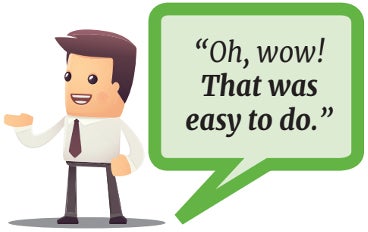
All digital offerings should be approachable, inviting, clear, intuitive, and without barriers to entry.
Services are easy to locate, without having to know how the City is organized. Information is in clear, plain language. Information is available in many languages. Services are available through communication channels people prefer.
Digital services should be simple and easy to use, evoking the feeling of ease free from frustration.
Reliable
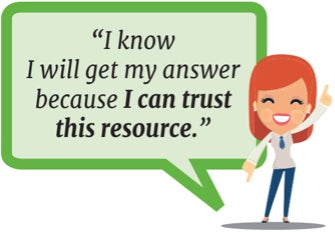
Designing reliable digital services requires a seamless experience across all City channels, functions, and departments. People want digital services that just work; services without dead-ends, insufficient answers, or lacking solutions. Reliable digital services consistently achieve the intended result.
Gratifying
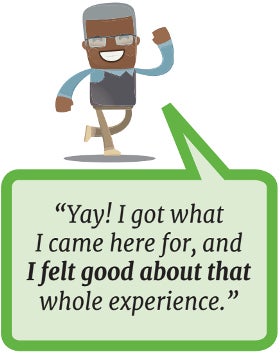
A gratifying experience is one that clearly and easily achieves the intended goals. When people interact with the City, they should be content with the experience. The person should feel satisfied enough that they are willing to share their positive experience within their community and serve as an advocate for the service.
Section 2:
Guiding Principles
Principle #1: Human-Centric Design
What is it?
Human-centric design is an approach to customer experience that prioritizes people’s needs at all points in a service's design and delivery. By actively incorporating people's needs and input at various points in the design process, the City is better equipped to build a process that people are more likely to engage with and enjoy.
Why does the City need it? What are the benefits?
To ensure resources are spent efficiently, the City must appropriately incorporate people’s needs into the development of new and redesigned tools and process. This allows the City to better address people’s most critical needs while encouraging a positive CX. Furthermore, creating a simple, intuitive experience results in fewer customer service escalations, more trust and transparency in the process, and less overall time and money spent recovering from poor customer experiences.
 Sunny’s Story: Chapter 1 – Opening a Surfboard and Burrito Shop
Sunny’s Story: Chapter 1 – Opening a Surfboard and Burrito Shop
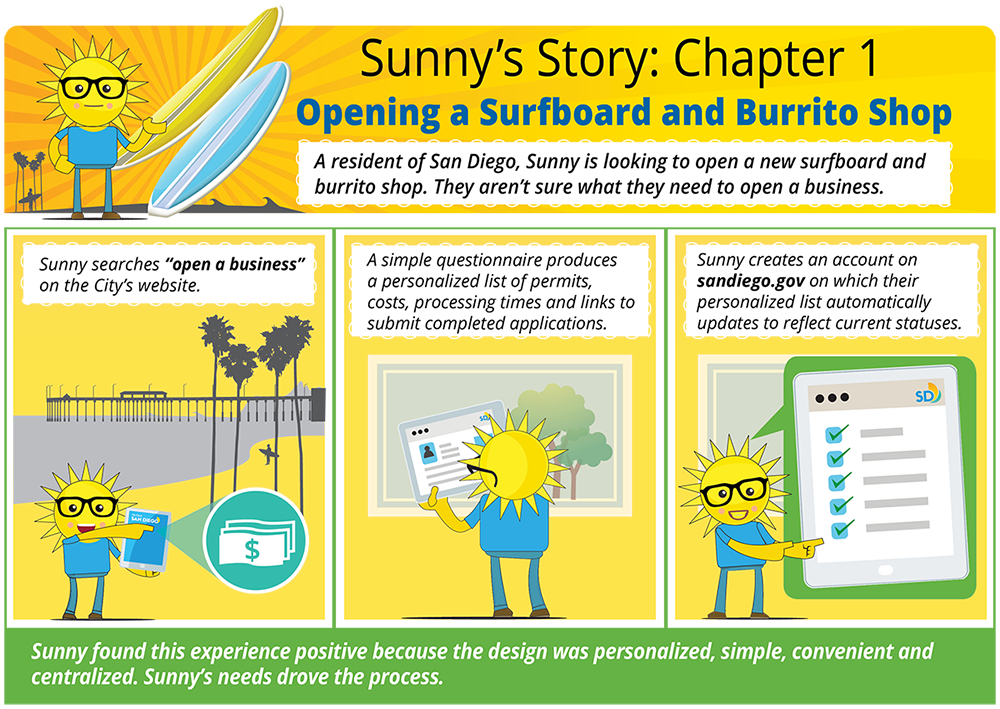
A resident of San Diego, Sunny is looking to open a new surfboard and burrito shop. They aren’t sure what they need to open a business. Sunny searches “open a business” on the City’s website. A simple questionnaire produces a personalized list of permits, costs, processing times and links to submit completed applications. Sunny creates an account on sandiego.gov on which their personalized list automatically updates to reflect current statuses. Sunny found this experience positive because the design was personalized, simple, convenient and centralized. Sunny’s needs drove the process.
Principle #2: Holistic Digital Innovation
What is it?
A digital-first strategy does not mean digital only.
Adding a digital element to an established service helps open the door to make overall process improvements. It also diverts traffic from calls, freeing up the phones lines for who need or prefer calling and provides the employee who answers the call with the tools and knowledge they need to assist the caller quickly and effectively.
If a customer isn’t directly engaging with a digital service, chances are the employee assisting the customer on the phone is interacting with a digital tool.
Why does the City need it? What are the benefits?
Digitizing services does not mean simply adding a button to the website or creating a fancy new app; rather it entails comprehensively improving processes efficiency. Part of the challenge the City faces is that many digital tools do not meet expectations of customers or employees. In these situations, challenges arise that prevent customers’ basic needs from being met and hinder employees from efficiently serving customers – causing frustration for everyone throughout the process.
Developing new digital services improves the technology customers and employees interact with.
 Sunny's Story: Chapter 2 - Sunny Moves To A New House
Sunny's Story: Chapter 2 - Sunny Moves To A New House
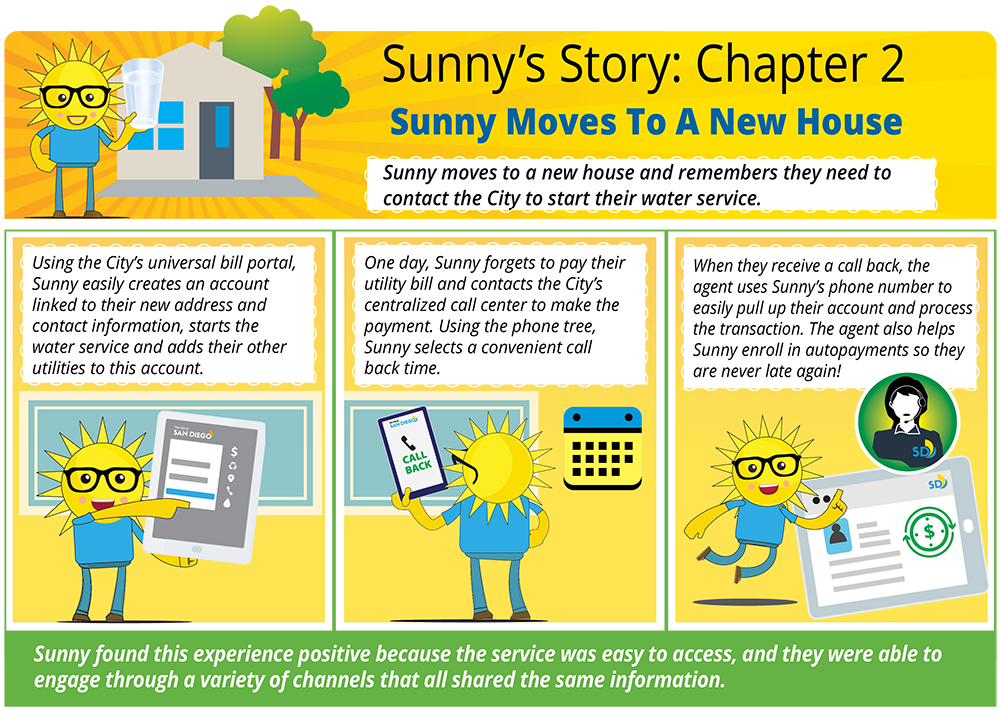
Sunny moves to a new house and remembers they need to contact the City to start their water service. Using the City’s universal bill portal, Sunny easily creates an account linked to their new address and contact information, starts the water service and adds their other utilities to this account. One day, Sunny forgets to pay their utility bill and contacts the City’s centralized call center to make the payment. Using the phone tree, Sunny selects a convenient call back time. When they receive a call back, the agent uses Sunny’s phone number to easily pull up their account and process the transaction. The agent also helps Sunny enroll in autopayments so they are never late again! Sunny found this experience positive because the service was easy to access, and they were able to engage through a variety of channels that all shared the same information.
Principle #3: Harmonized Service Delivery
What is it?
Creating a harmonious process involves integrating technology, City processes, and services delivered across departments and services. With a seamless customer experience, people can accomplish what they set out to do without being burdened by internal barriers or divisions.
Why does the City need it? What are the benefits?
Harmony helps hold the City accountable to high levels of excellence. Currently, across departments and services, the level of service can vary significantly. Customers expect the same service levels regardless of with which department they are engaging. The principle of harmonious service delivery necessitates breaking down departmental divides, allowing information to flow more freely, and increasing transparency. For example, in a fully integrated system, a customer would be able to receive information or request a service on any City offering without having to know which department performs that specific operation.
 Sunny's Story: Chapter 3 - Reporting A Pothole
Sunny's Story: Chapter 3 - Reporting A Pothole
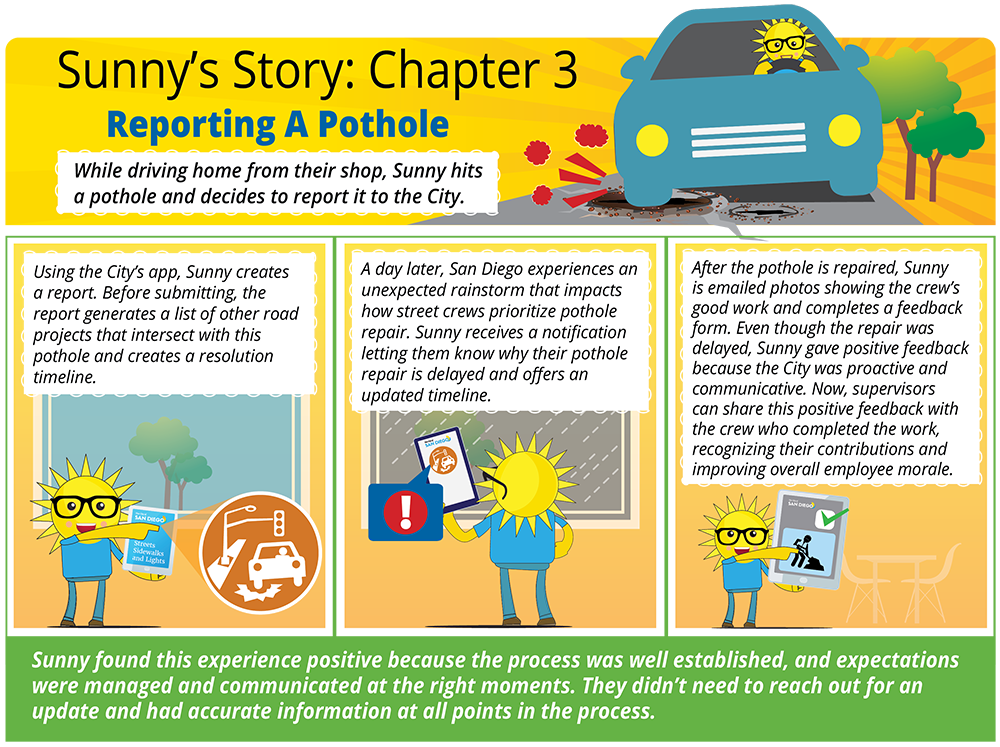
While driving home from their shop, Sunny hits a pothole and decides to report it to the City. Using the City’s app, Sunny creates a report. Before submitting, the report generates a list of other road projects that intersect with this pothole and creates a resolution timeline. A day later, San Diego experiences an unexpected rainstorm that impacts how street crews prioritize pothole repair. Sunny receives a notification letting them know why their pothole repair is delayed and offers an updated timeline. After the pothole is repaired, Sunny is emailed photos showing the crew’s good work and completes a feedback form. Even though the repair was delayed, Sunny gave positive feedback because the City was proactive and communicative. Now, supervisors can share this positive feedback with the crew who completed the work, recognizing their contributions and improving overall employee morale. Sunny found this experience positive because the process was well established, and expectations were managed and communicated at the right moments. They didn’t need to reach out for an update and had accurate information at all points in the process.
Section 3:
Recommendations
Section 4:
Resources
We are in a resource constrained environment. To fully implement the Recommendations, apply the Principles, and work to realize our Core Values, investments are needed.
Cost savings will be realized as we invest in digital tools that shift and empower customers with self-service options and free up direct-contact phone lines for those that must use them.
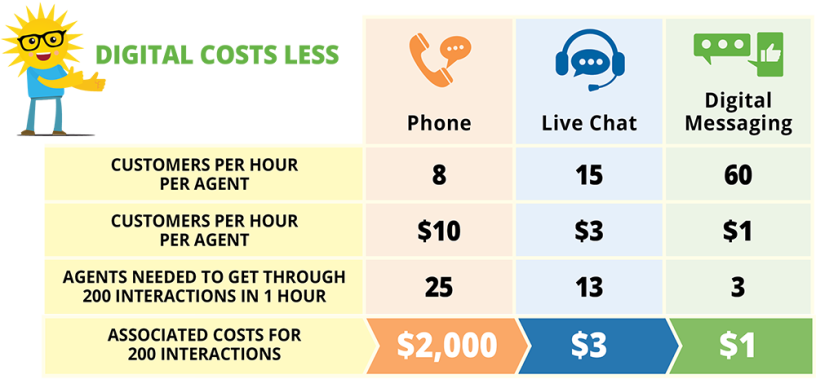
| Digital Costs Less | Phone | Live Chat | Digital Messaging |
|---|---|---|---|
| Customers per Hour per Agent | 8 | 15 | 60 |
| Cost per Hour per Agent | $10 | $3 | $1 |
| Agents Needed to Get through 200 Interactions in 1 Hour | 25 | 13 | 3 |
| Associated Costs for 200 Interactions | $2,000 | $3 | $1 |
To implement a consolidated contact center in the future, an ongoing investment in digital services is essential to put the necessary foundation in place for it to be successful. This is a multi-year effort and the timeline will vary based available resources.

Digital Services
PHASE 0: Immediate Needs to Address Current Priorities
- One (1) FTE for Quality Assurance & Training *
- Three (3) FTEs for Current Program Facilitation (to support work with ESD + PUD)
* Required to address Audit recommendations within permissible timeline.
PHASE 1: Assess and Fix
- Four (4) Program Coordinator FTE
- Each will implement one of the four (4) recommendations outlined in this strategy.
- Support improvements with Public Utilities Customer Service Center.
- Support work related to Environmental Services digital billing service modifications.
- Determine how to prioritize and package work associated with digital improvements to support future centralized contact center operations (i.e., assess Police Non-Emergency digital service needs).
- Identify what additional resources are needed.
PHASE 2: Build
Build and deploy improvements identified in Phase 1. As an example, the Living Service Report Card developed in Phase 1 will drive work in Phase 2 to align customer-facing digital service offerings and the necessary digital technology foundation to support a unified approach.
PHASE 3: Maximize & Expand Channels
At this point, the digital foundation built during Phase 1 and 2 should be scalable to allow additional communication channels. During this phase, a centralized contact center/3-1-1 readiness assessment can be conducted.
Contact Center
Budget projections will need to contemplate costs, including but not limited to: physical infrastructure (rent, facilities improvements, equipment, etc.); system implementation (software, training, development); ongoing license costs; energy and utilities; and personnel (FTEs). During a consolidation, some resources may transfer from departments and Council Offices with staff who perform customer contact-related roles. It is anticipated that this effort will not be cost-neutral to properly staff a new customer service offering.
Learn More
- Digital Customer Experience (DCX) Strategy DRAFT
- Experiencia Digital del Cliente (DCX) Estrategia BORRADOR
- Share Your Feedback! | Comparta Sus Comentarios
Community Input Meetings Schedule
Tuesday, Oct. 10, 2023
University City Planning Group (UCPG)
6 p.m. hybrid (Zoom / 9880 Campus Pointe Dr. in 3rd floor Terra Nova room)
Wednesday, Oct. 11, 2023
San Ysidro Planning Group
5:30 p.m. at San Ysidro School District Education Center Board Room
Wednesday, Oct. 18, 2023
Tierrasanta Community Council and Planning Group
6:30 p.m. at Tierrasanta Recreation Center
Tuesday, Oct. 24, 2023
Council District 5 DCX Information Session
6 p.m. at Ed Brown Center
Wednesday, Oct. 25, 2023
Ocean Beach Town Council
7 p.m. at Point Loma Library
Tuesday, Nov. 7, 2023
Uptown Planners
6 p.m. at Joyce Beers Community Center
Tuesday, Nov. 14, 2023
Citywide Digital Information Session
6 p.m. on Zoom (https://sandiego.zoomgov.com/j/1619464789)
Eastern Area Communities Planning Committee
7 p.m. at Teen Challenge
